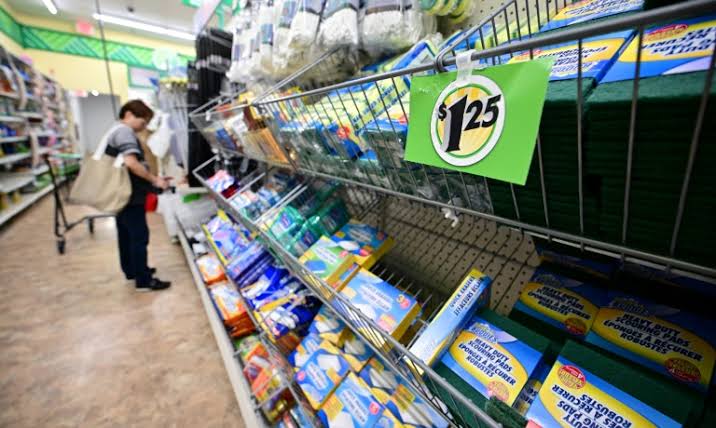In August, US consumer prices unexpectedly surged, and underlying inflation increased amid rising costs for rents and healthcare. This development gives the Federal Reserve ammunition to deliver a third 75 basis points (BP) interest rate hike next Wednesday.
Despite easing in global supply chains, the inflation readings surprisingly remained firm, as reported by the Labor Department on Tuesday. It is noteworthy that the same factor contributed to a surge in prices earlier in the year.
Since a resilient labour market is ready to support strong wage growth, inflation has probably not peaked, keeping the Fed on an aggressive monetary policy path for a while.
Unchanged in July, the consumer price index (CPI) edged up 0.1 per cent last month. While consumers got some relief from a 10.6 per cent decline in gasoline prices, they had to pay more for food, healthcare, rent, electricity and natural gas.
Food prices surged 0.8 per cent, with the cost of food consumed at home increasing 0.7 per cent. Food prices rose 11.4 per cent over the last year, the largest 12-month increase since May 1979.
The CPI increased by 8.3 per cent in the twelve months through August. That was a deceleration from July’s 8.5 per cent increase and a 9.1 per cent leap in June, the biggest gain since November 1981. Inflation has overshot the Fed’s 2 per cent target.





